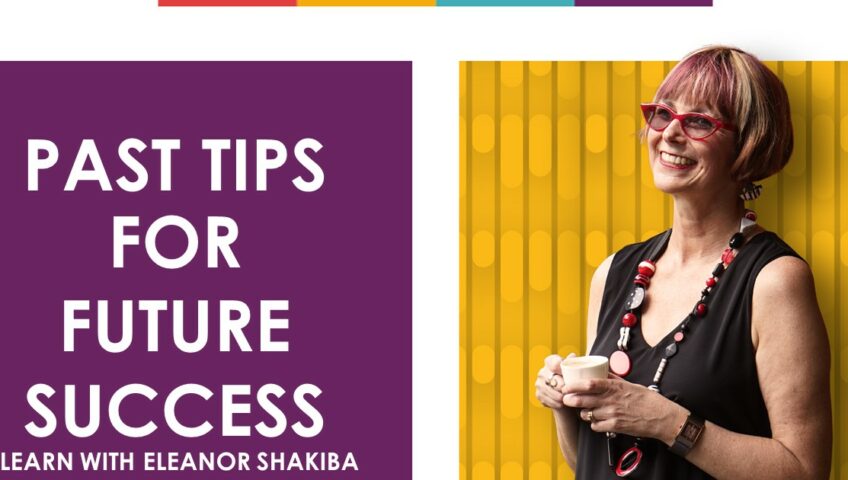Want to solve problems faster and more easily? Then you need to master the art of solution based thinking.
This is a way of thinking about a problem without getting ‘stuck’ in it. By focussing your attention on solutions – rather than why a problem happened – this approach boosts your creativity. Here are three ways to get started in solution based mode.
Take a systematic approach
Finding great solutions involves working through three main steps:
- Identifying what’s happening now
- Imagining a new, better future
- Working out how to create that better future
Each of these steps can be addressed by asking solution based questions. Start by asking variations on the questions ‘What’s the current situation? How is it problematic?’ Once these questions have been answered, move onto exploring questions such as ‘What is a more desirable situation? What’s the ideal future?’ Then prompt for action planning, by asking questions such as ‘How can we create that ideal future? What steps do we need to take?’
Don’t ask why
Solution based questions start with ‘what,’ ‘how’ or ‘when.’ They rarely start with ‘why.’ That’s because ‘why’ questions take your attention away from ways to solve problems. Ask ‘how’ questions in place of ‘why’ questions. That way, you’ll have more chance of discovering new ways of thinking or doing things.
| Why did the mistake happen? | How can we prevent mistakes like this happening in the future? |
| Why did you say that? | How did that comment come about? |
| Why should I do this? | How many ways can I do this? |
Assume there’s more than one solution
Avoid questions which imply there is only one way to address a problem. For example, asking ‘what’s the best way to sort this out?’ suggests that there is one superior way to solve the problem. But perhaps there are three or four great ways. You’re more likely to uncover the additional options by asking ‘what options do we have?’ or ‘what are five ways we could solve this problem?’
Need advice on what to say? Ask Eleanor now. Send your question and we’ll answer it in a future blog post.
